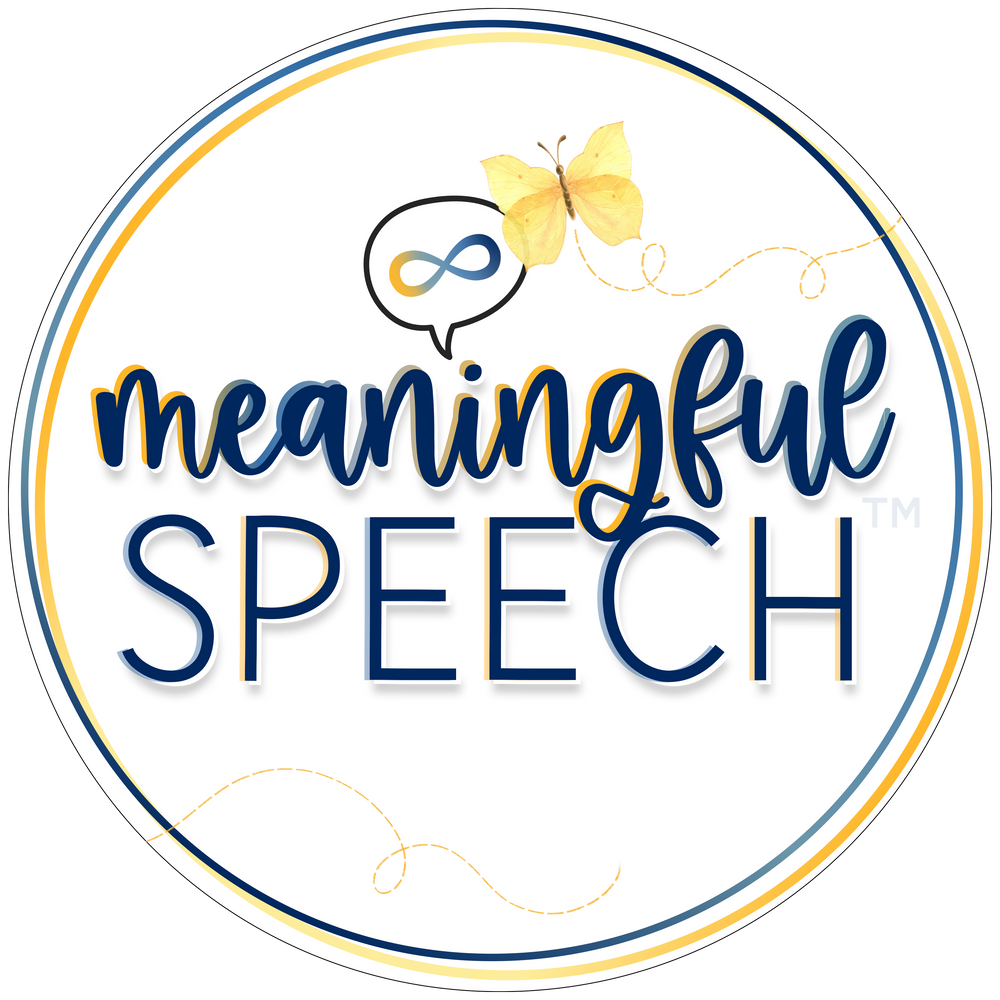Child-led Evaluations for Gestalt Language Processors
Oct 11, 2023
Language samples are our data when conducting an evaluation for a gestalt language processor. We want these samples to be collected during a child-led evaluation. Child-led evaluations might be very different from what you’re used to as a clinician or what parents are used to seeing. Here are some tips for before, during and after conducting a child-led evaluation.
Before the evaluation
- Before you even meet with the child, you’ll want to email the family with intake questions to learn more about the child, their interests, areas they need support, language history, etc. If you’re feeling stuck on what questions you should ask the family, we’ve created intake forms for schools and clinics.
- You will also want to ask the family if they have any videos of the child’s spontaneous (unprompted) language and/or are willing to take videos to send you. This will allow you to get a look at the child’s language in other settings and places where they feel most comfortable.
- Get out some items and/or toys based on family suggestions and what you know about the child’s special interests and the things that bring them joy. Make sure there is some room to move. A larger space is preferable!
- Prior to the evaluation, educate parents on what a child-led evaluation looks like. It’s not like your traditional evaluation where children are often sitting at a table and/or completing standardized tests. Invite the parents into the evaluation to observe so they can get a sense of what child-led looks like.
During the evaluation
- During the evaluation, observe and see what the child gravitates toward. You might make suggestions by pulling over something different, but don't force it if the child doesn’t show interest.
- Turn on your voice recorder (e.g. app on your phone or physical recording device). You might also have a notepad to jot notes down. If the child and family are okay with it, videotaping on your laptop or iPad will help you capture all the language, body language, facial expressions and movement.
- Focus on building trust and connection. Honoring and acknowledging the child’s true spontaneous language and play.
- Allow for a lot of silence for spontaneous language to emerge.
- It’s very important to keep in mind that what you see during your first session is not the full language picture. Depending on your setting, you might take multiple language samples as the child gets more comfortable with you and your space before scoring up your samples and writing up your evaluation report.
After the evaluation
- We recommend starting a google document or sheet as a language log for the child. You can share this with the family and anyone else on the child’s team (with family permission). This document serves as your data. You will input all language heard during the evaluation. You will score the language using the Natural Language Acquisition framework (Blanc, 2012). This may take a lot of time if the child is beyond Stage 1. There could be a mix of stages and a lot of language history on the document.
- You can use this language log as an ongoing way to track the child’s language with the family and team members.
- Write down ideas for toys/objects to bring into the next session. Use what you've noticed about the whole child (look at the whole body, gross and fine motor and overall development). These observations can also help you make referrals for other providers (e.g., Occupational therapy).
Want to learn more in-depth information about how to support gestalt language processors?
-
- There are many free podcasts, webinars and articles to get you started. A comprehensive list of resources can also be found on our website and Communication Development Center's website.
- Consider taking the Meaningful Speech course to learn more about how your child or client processes language, how you can help support them from echolalia to self-generated (original flexible) language, child-led therapy, and neurodiversity-affirming practices. Looking for something shorter? We have a 1-hour introductory course perfect for extended family, daycare or school staff.
- Consider taking our AAC + Gestalt Language Processing course. It will teach you how to identify, evaluate and support gestalt language processors who use AAC or who you think might benefit from AAC.
- Look for a speech-language pathologist (SLP) who "gets it" and can help you in supporting your child's language development. Check out our registry for SLPs who understand gestalt language processing and child-led therapy.
- Are you a school-based or private practice clinician looking for intake forms for new clients/students or creative visual reminder posters for your space? Check out the Meaningful Speech Marketplace.
